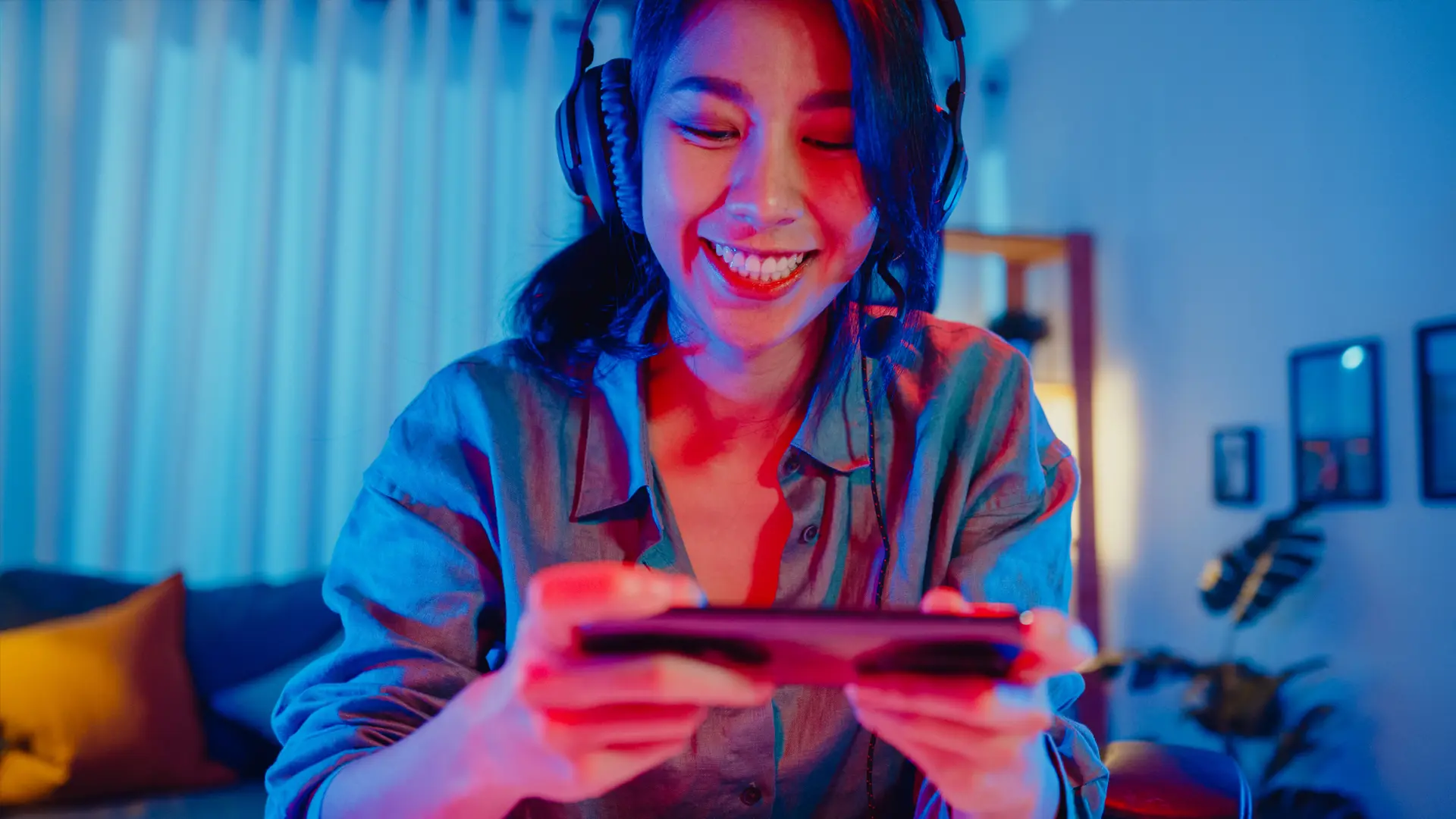Video game localization is a complex process that involves far more than simply translating text from one language to another. Cultural references and nuanced dialogue pose an immense challenge for localization teams. This is even more true for games with high narrative content: Teams had to preserve the story’s emotional depth, cultural resonance, and subtle humour across multiple languages.
A solid localization strategy is crucial to delivering an immersive experience to players worldwide. The rise of machine translation (MT) has brought new opportunities and challenges to this domain. Here we’ll focus on one important aspect of MT in video game localization: Balancing creativity with accuracy.
Machine Translation in Game Localization
Neural machine translation (NMT), has helped many companies reach global markets and expanded to many more industries by making translations faster and more cost-effective. The gaming industry is no exception: game developers use MT in their localization workflows to meet the growing demand for multilingual releases.
These are just some of the advantages of using MT in game localization*:
- Speed.
- Cost-efficiency
- Consistency.
However, video games often contain creative and context-sensitive elements that become a challenge for MT. Conversations laden with humour, cultural nuances, or wordplay can become distorted or lose meaning because of a literal translation. This limitation highlights the importance of complementing MT with human creativity and expertise.
*We expand on this in our article: Machine Translation in Game Localization.
Balancing Creativity and Accuracy
The right balance between creativity and accuracy is key to effective game localization. While MT can assist in handling repetitive or straightforward content, human input is critical for keeping a game’s creative essence.
Combining MT with Human Creativity
One strategy involves generating an initial translation draft with MT, followed by human post-editing to refine the text. For example, in a fantasy RPG, MT might translate a spell’s name literally. After that, a human translator adjusts it to fit the game’s tone and style. This synergy can save time without sacrificing quality.
Localization of games like Final Fantasy XVI shows this cultural adaptation approach in action. The series’ detailed plots and character interactions need careful adaptation to keep the original’s emotional and cultural depth. MT can help stories like this by handling bulk text, such as menus or item descriptions, while human translators focus on dialogue and narrative elements.
The Role of Context and Cultural Adaptation
Localization is not only about languages; it’s about cultural adaptation. Humor, idioms, and societal norms vary widely across cultures, making context crucial. For example, a pun that works in English might fall flat in Japanese unless adapted creatively. Cultural adaptation also extends to visual elements, symbols, and even gameplay mechanics that might have different connotations in other regions.
While MT struggles to grasp such nuances, it can still provide contextually relevant translations with the help of style guides and glossaries. For instance, in games featuring characters who speak archaic languages, it’s possible to train MT systems so they recognise and replicate this style.
Improving MT for Game Localization
The future of MT in game localization lies in making it more adaptable and context-aware. This involves leveraging advancements in NMT and AI, optimizing engines for gaming content, and integrating human expertise into the workflow.
Neural Machine Translation and Customization
NMT has made significant progress in understanding context and delivering more natural translations. Customization of NMT engines with gaming-specific datasets can further enhance their performance. MT models trained with in-game conversations, terminologies, and stylistic preferences can provide higher accuracy and relevance.
For example, a game set in a medieval fantasy world may include specialized vocabulary, such as “griffon” or “spellbook.” Feeding the MT system with this terminology ensures accurate and consistent translation of these terms. Similarly, MT systems for modern games can incorporate slang, memes, or trending phrases.
Glossaries and Style Guides
Glossaries and style guides are essential tools for improving MT output. A glossary maintains consistent translation of key terms, such as character names or in-game items. A style guide defines the tone and style of the game. These resources help MT systems align with the game’s creative vision and reduce the burden on post-editors.
For instance, a style guide might specify that a game’s tone should be “humorous and lighthearted” or “serious and gritty.” Developers can embed these guidelines into MT and ensure that translations reflect the intended mood and atmosphere.
Human Post-Editing
Human post-editing plays a vital role in refining MT output for game localization. Skilled translators can:
- ensure cultural and contextual accuracy,
- adapt creative elements to resonate with target audiences,
- maintain the game’s tone, humour, and emotional impact.
For instance, if MT gives a quest title that misses the original’s charm or intrigue, a human editor can rewrite it to spark the player’s imagination. Post-editors also correct inconsistencies or awkward phrasing that might detract from the player’s immersion. This approach allows you to combine the efficiency of MT with the creativity and cultural sensitivity of human translators, providing a high-quality gaming experience worldwide. For more about preparing MT engines for video game content, check our previous article!
While MT offers exciting possibilities for video game localization, it has limitations in handling creative content. Advances in NMT and AI-powered translation, coupled with resources like glossaries and human post-editing, are paving the way for more effective use of MT in the gaming industry.
Improving MT for creative content is a work in progress, but it has great potential to change game localization. As technology advances, combining MT with human skills will open up new opportunities!





